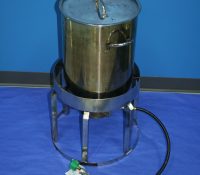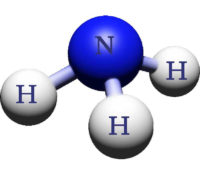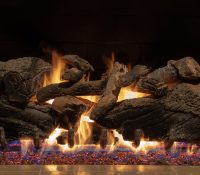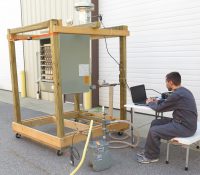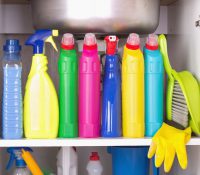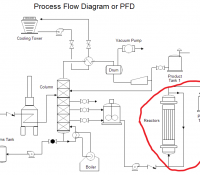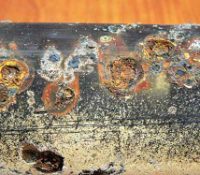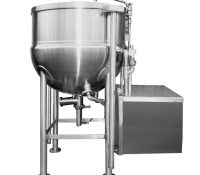Turkey Fryers- Product Design is Critical to Consumer Safety
As the holiday season nears, thoughts turn to wonderful home-cooked meals with family. Few things in life are more pleasurable than a traditional holiday turkey feast. Yet for an unfortunate few, holiday meal time can turn tragic if a turkey frying accident occurs. While fried turkeys may be tasty, many fire safety experts feel that the reward is not worth the risk. Read More



